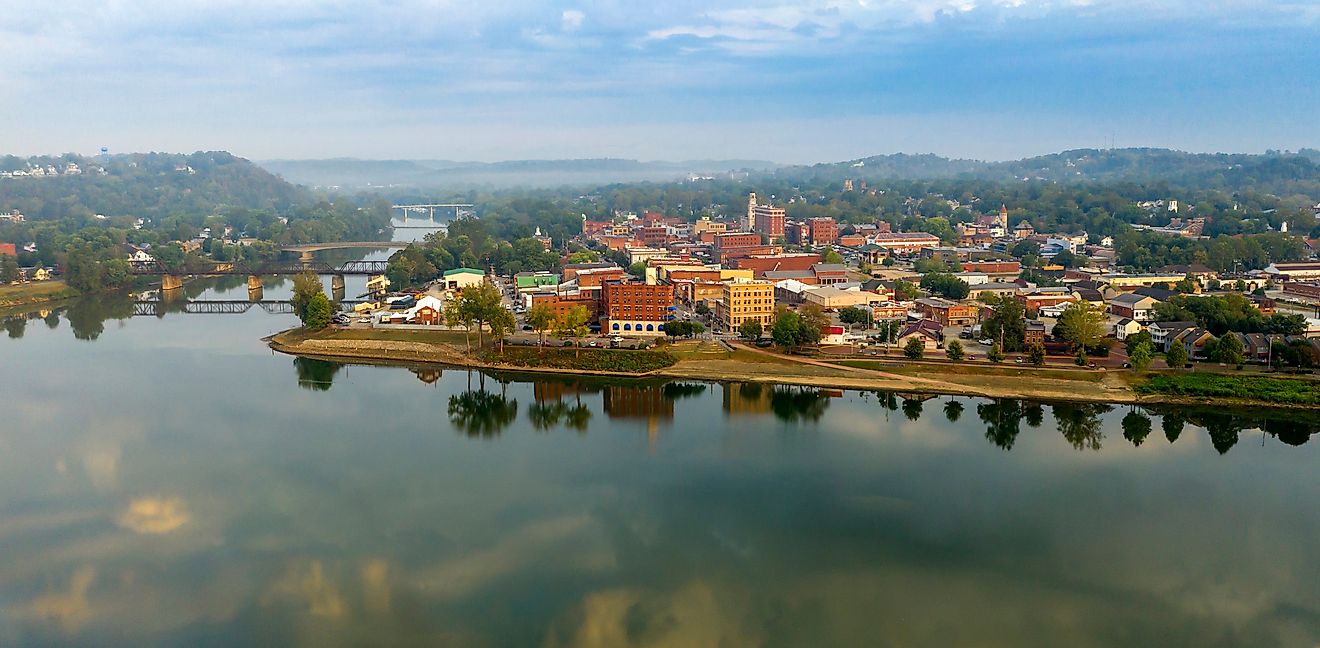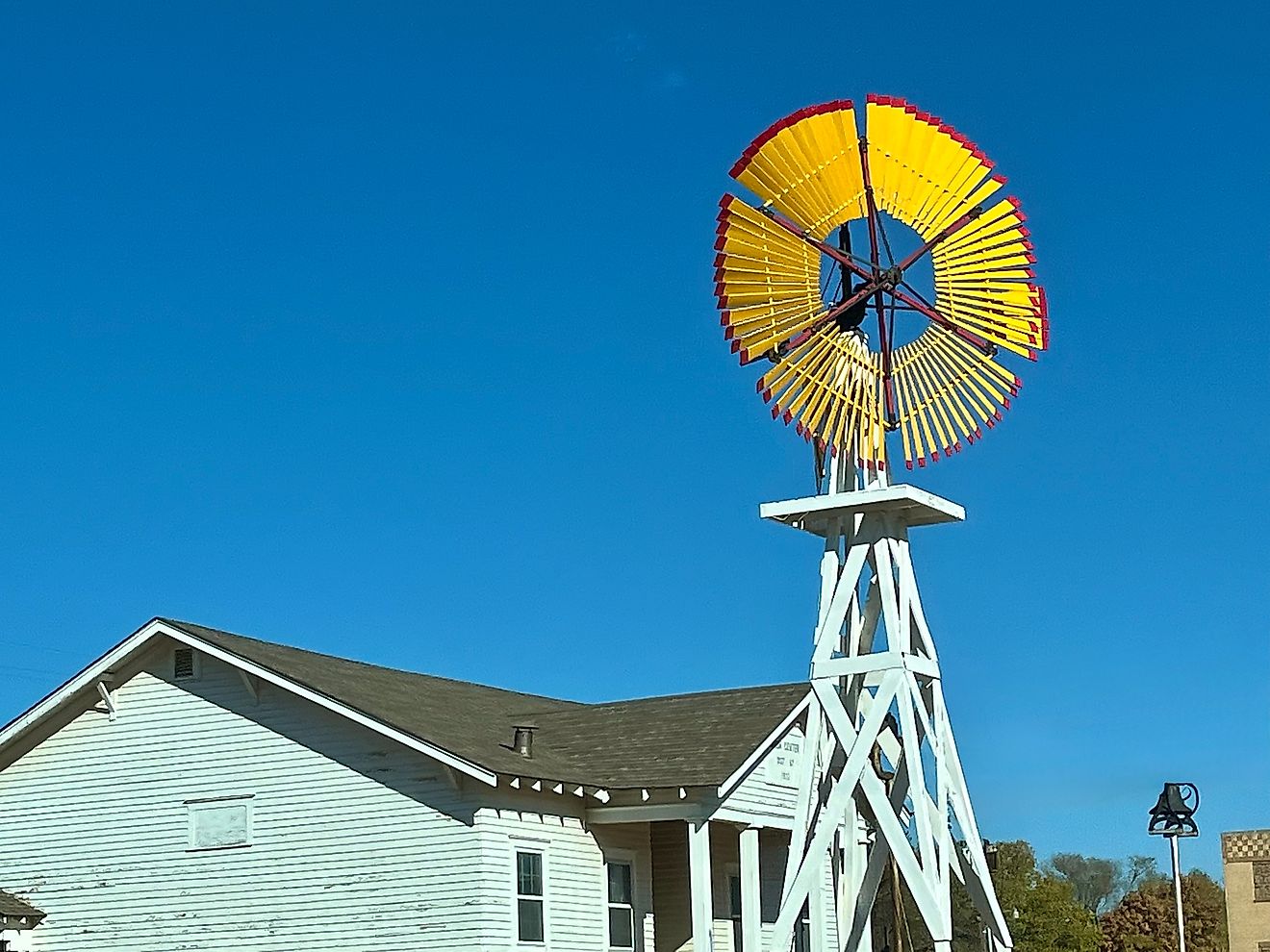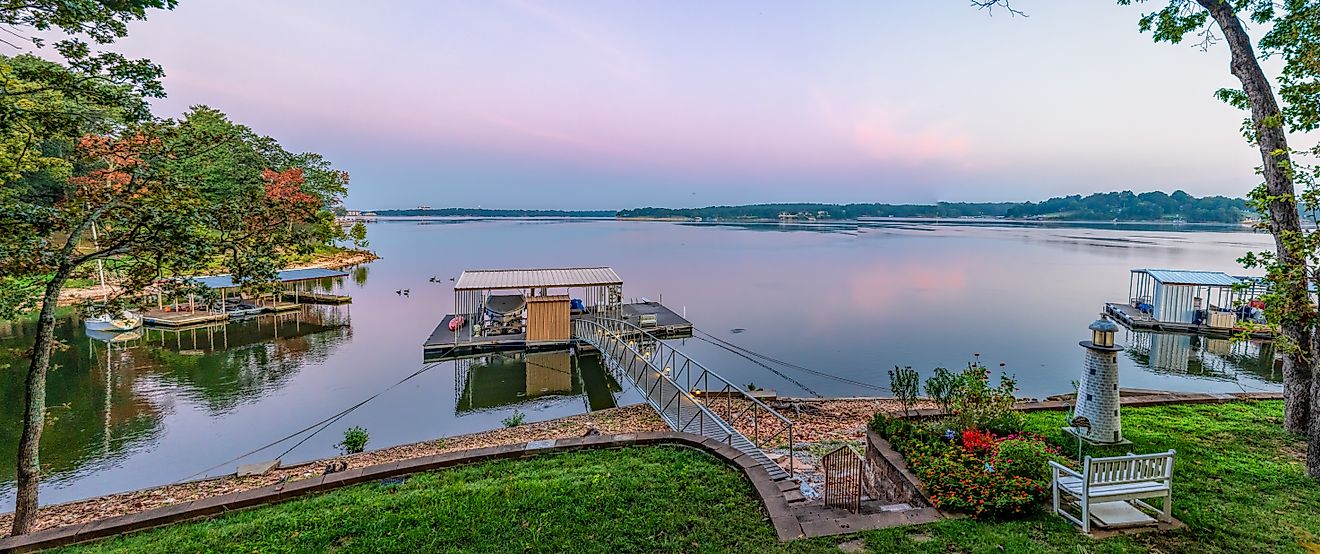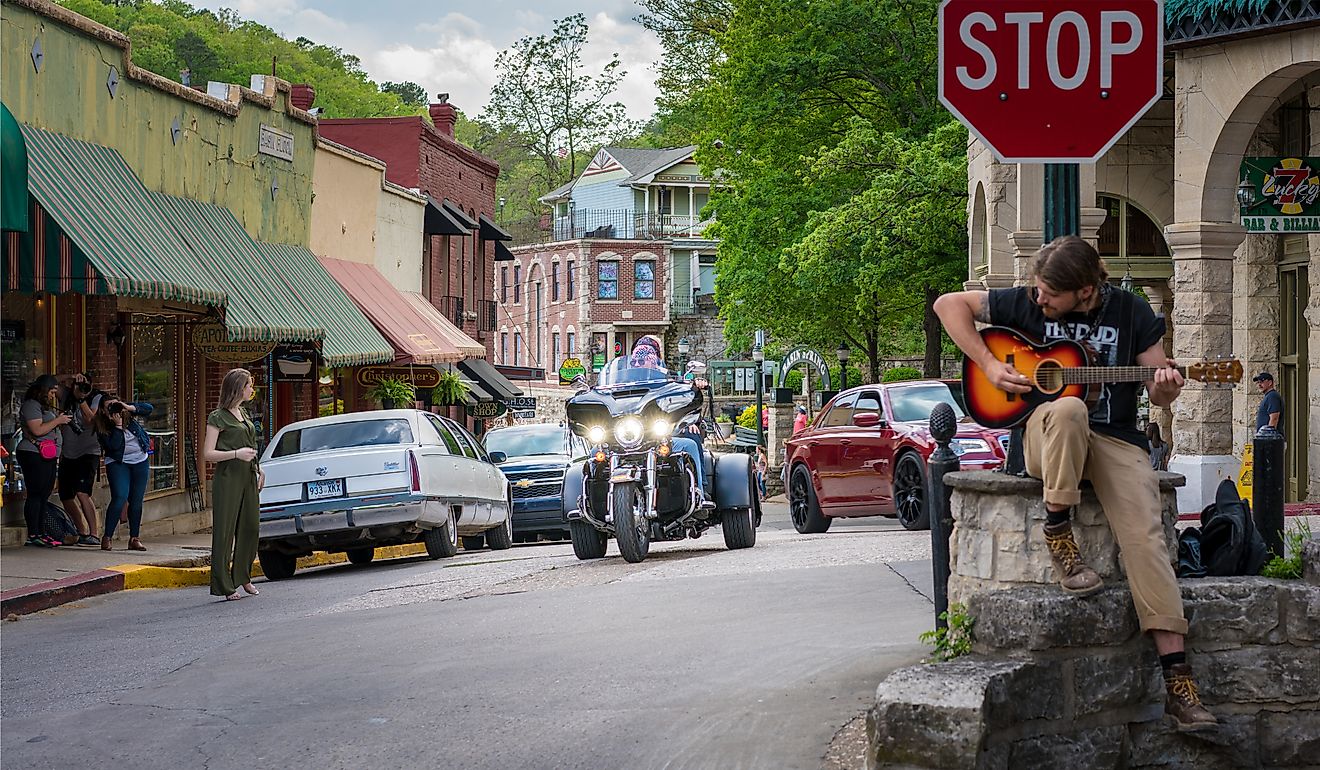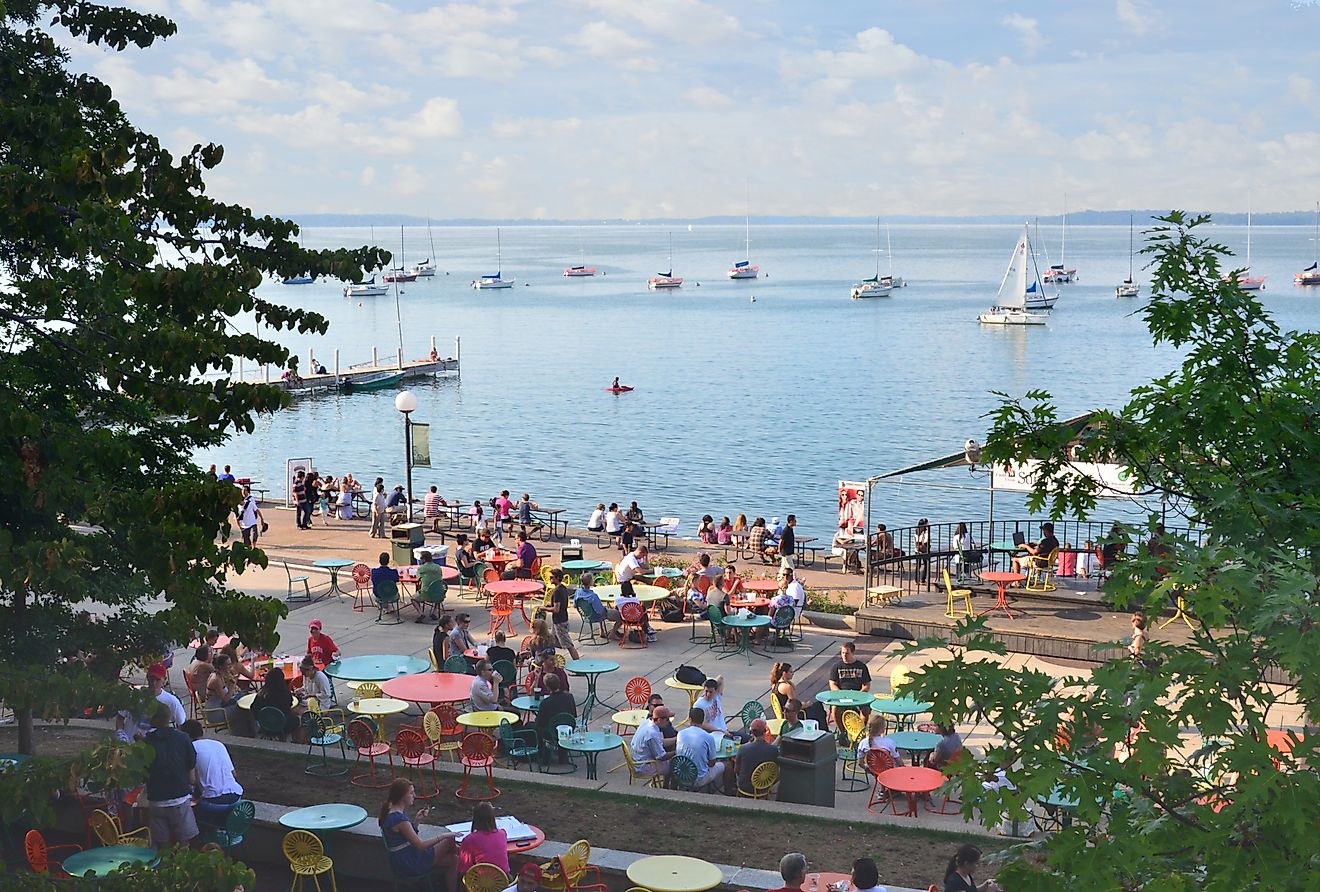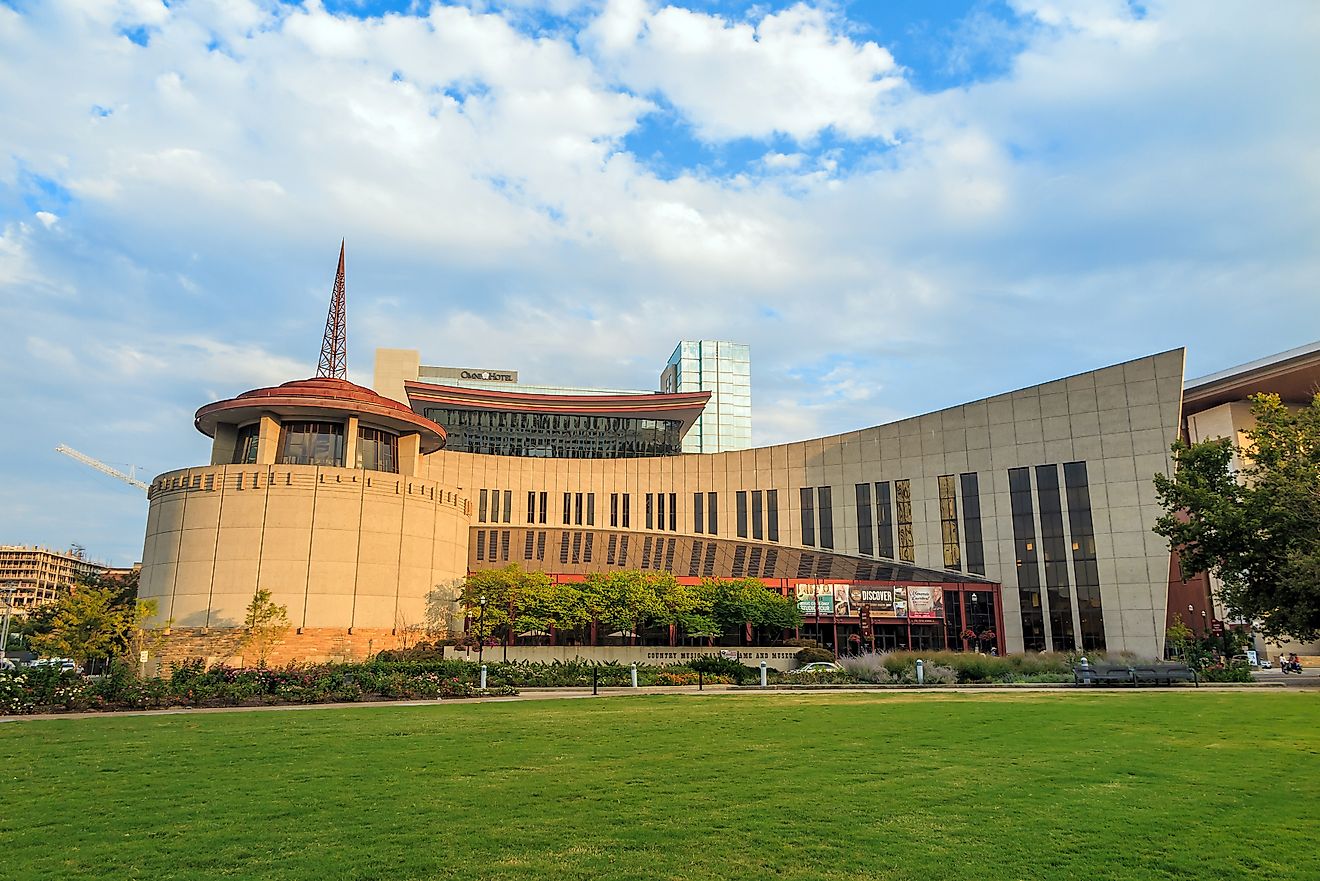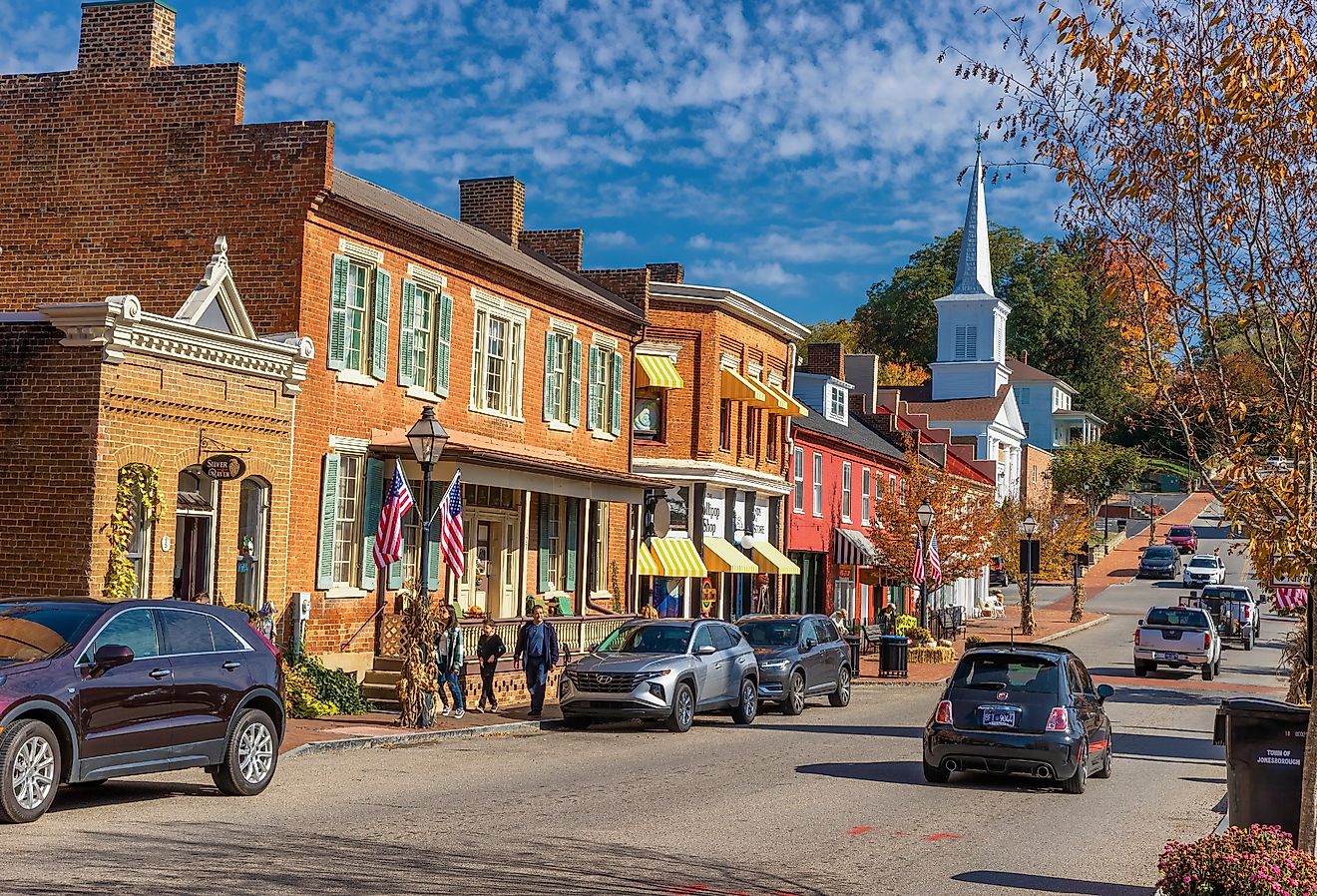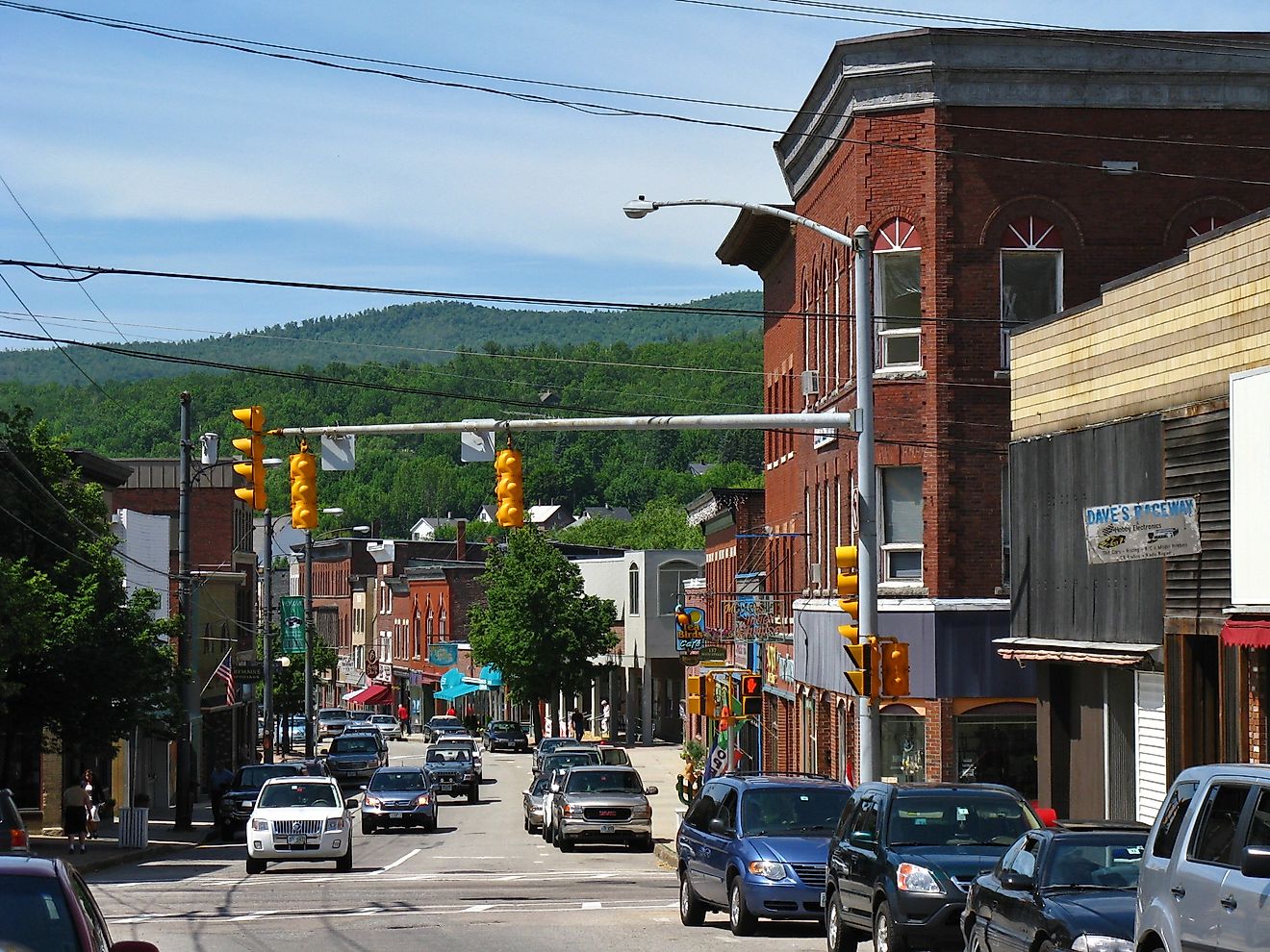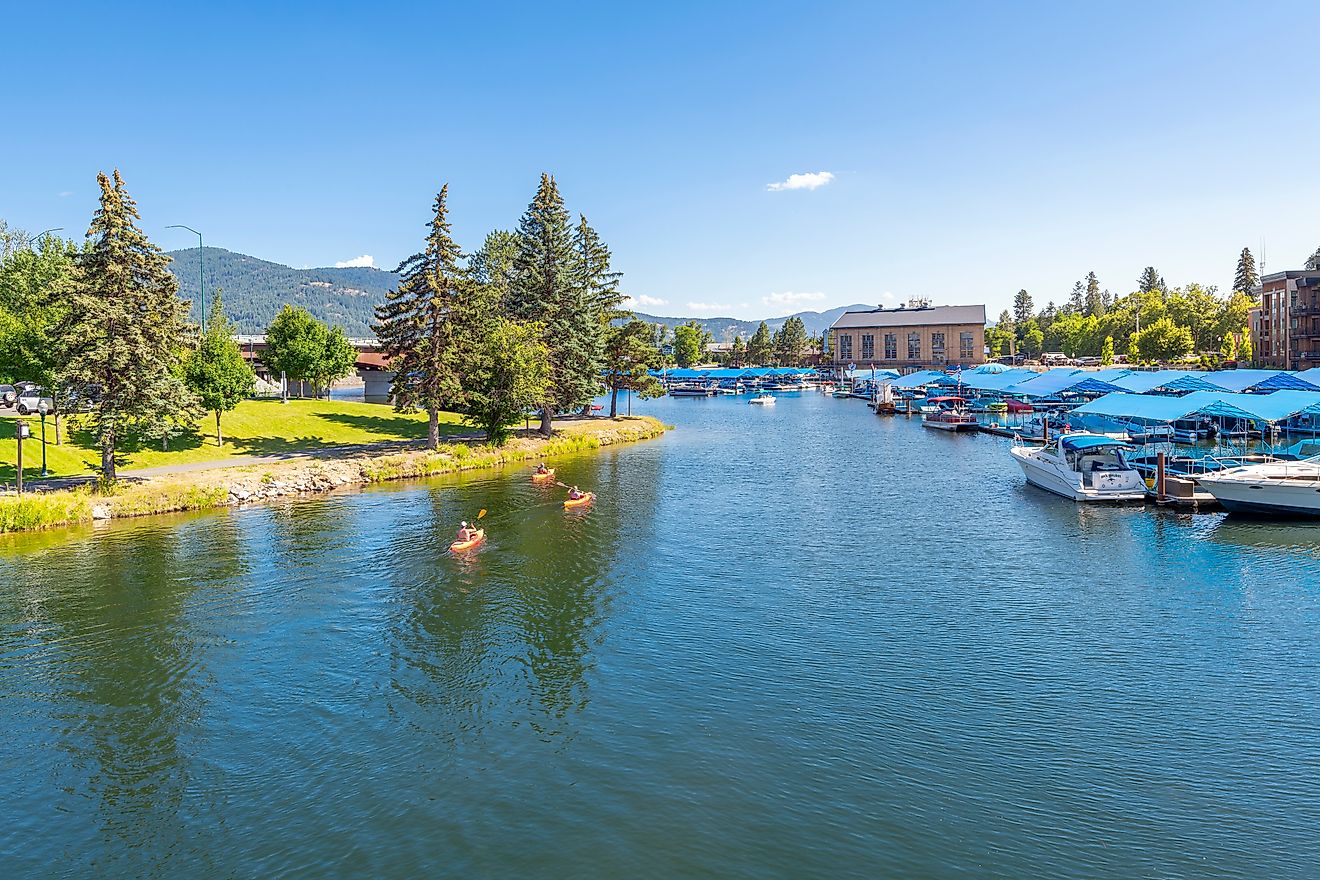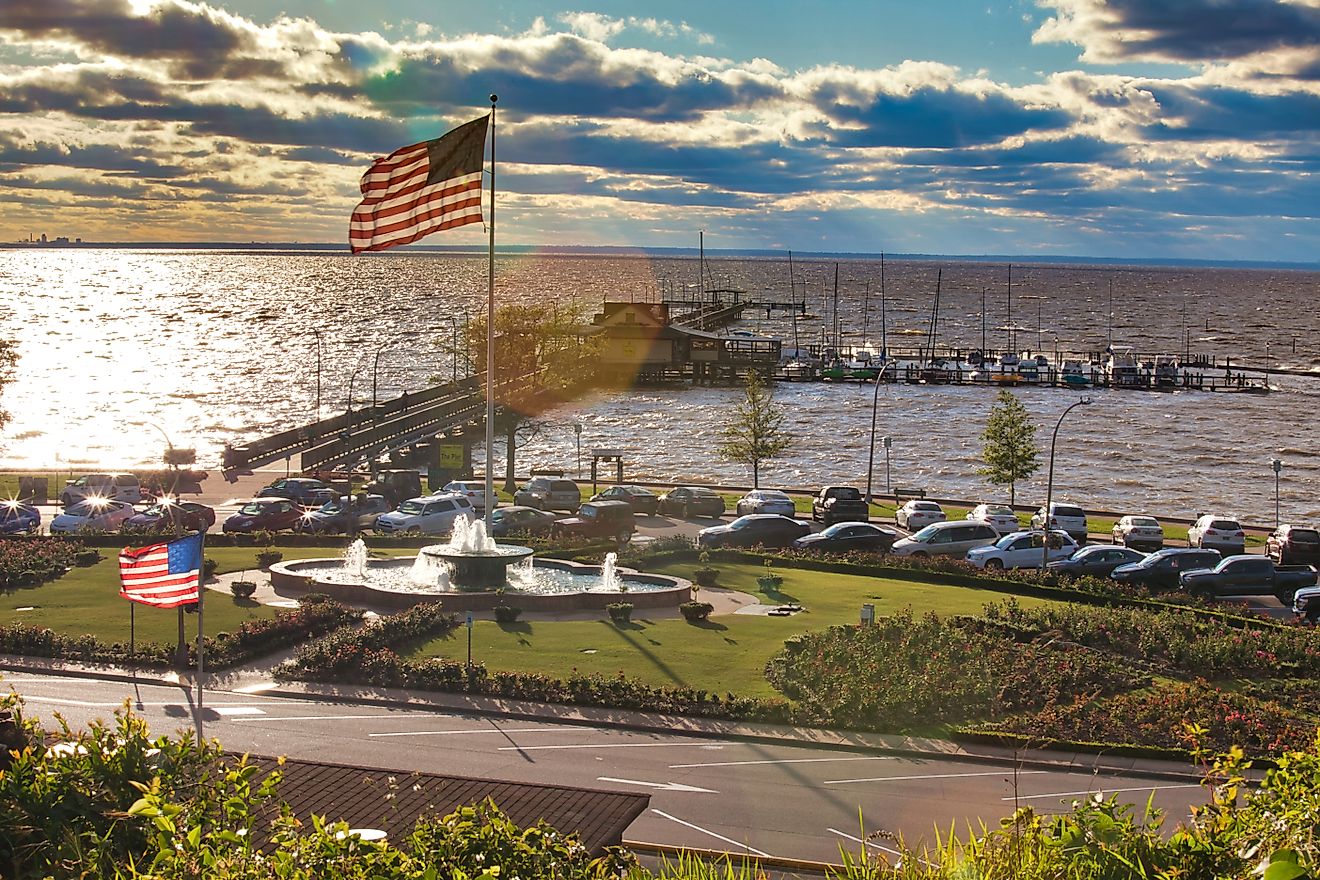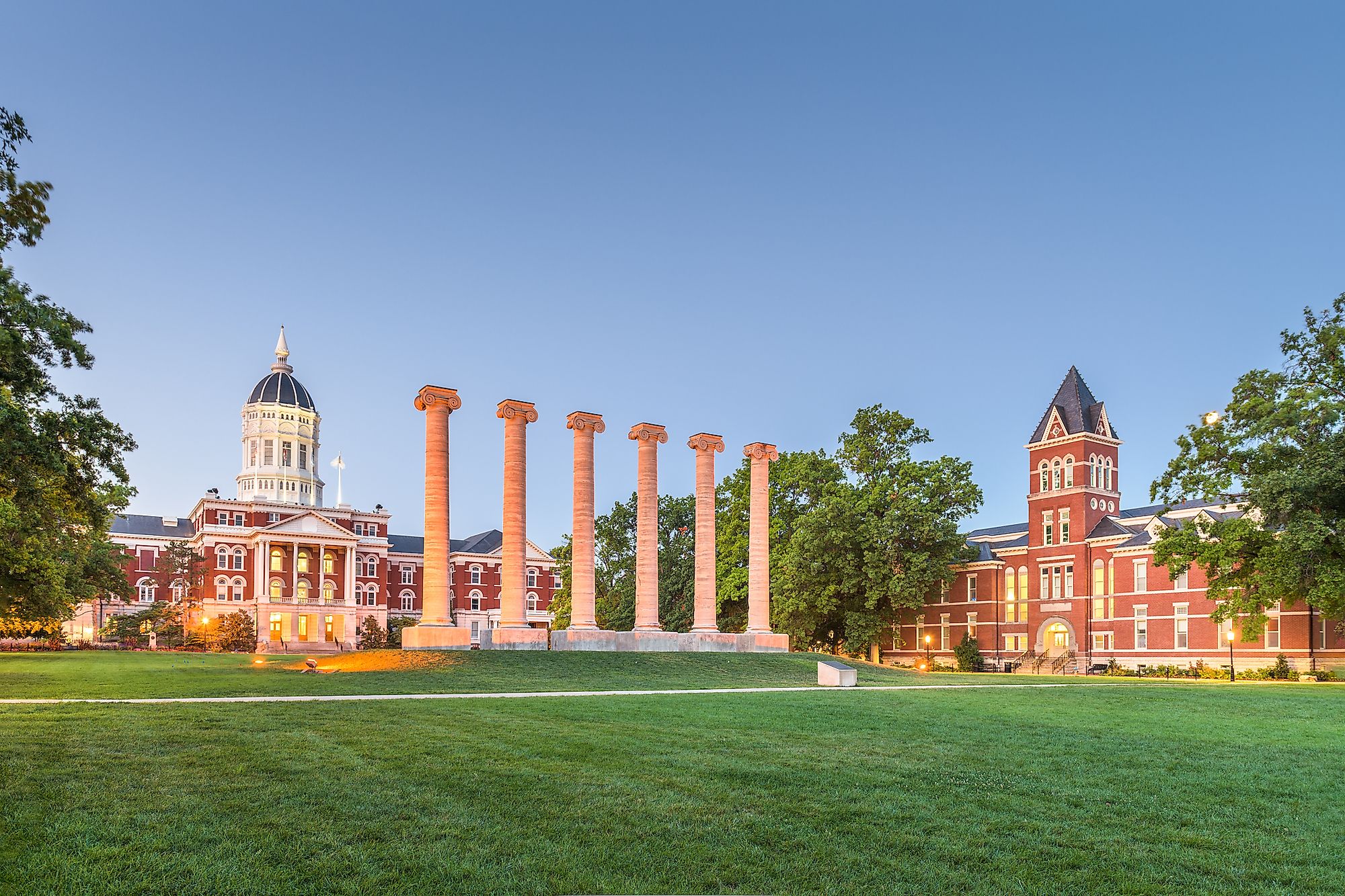
Columbia, Missouri
Columbia is a city and county seat of Boone County, Missouri, United States. The city of Columbia is the 4th largest city in Missouri and home to the University of Missouri. Today, the city is known for its strong growth in medicine, education, and technology, making it ideal for raising a family, starting a business, or retiring.
Geography Of Columbia
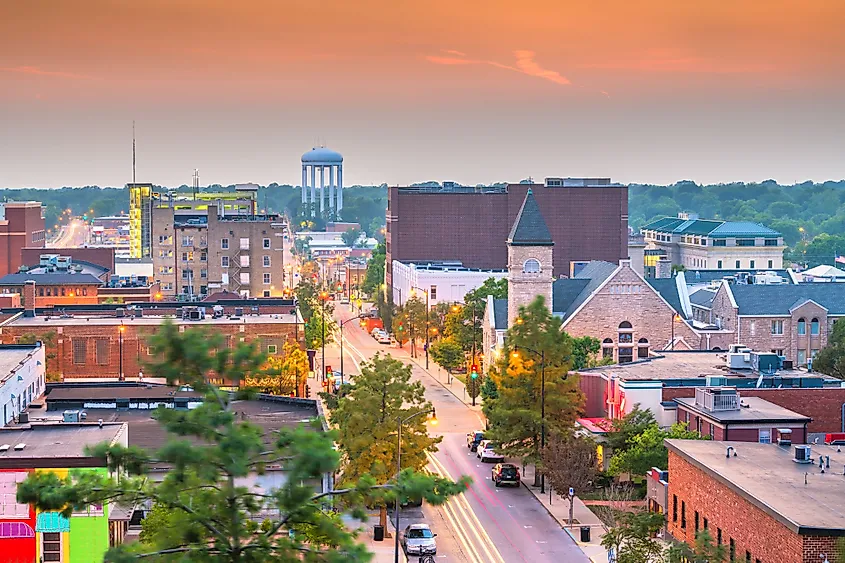
The city of Columbia is situated in northern mid-Missouri, about 190 km away from both Kansas City and St. Louis and about 47km north of the state capital of Jefferson City. It is located close to the Missouri River, between the Northern Plains and the Ozark Plateau. According to the United States Census Bureau, Columbia covers a total area of 164.46 sq. km, of which 163.38 sq. km is occupied by land, and 1.09 sq. km is occupied by water. The city generally slopes from the high northeast to the southwest towards the Missouri River. The river’s tributaries and many cliffs and cave systems like those in Rock Bridge State Park can be found close to the city.
Wildlife Of Columbia
The city of Columbia is located on the Mississippi Flyway, which is used by migrating birds and has a large variety of small bird species. Large mammals such as urbanized coyotes and red foxes can be found in the city. Other animals, including whitetail deer, Eastern gray squirrels, and cottontail rabbits also reside close to the city. Some avian species live in the parks, including mallard duck, Canada goose, and several shorebirds such as great blue heron and great egret.
Climate Of Columbia
According to the Köppen climate classification, the city of Columbia experiences a humid continental climate with hot, humid summers and cold, snowy winters. The hot season lasts from May to September, with July being the hottest month having an average high temperature of 31.1°C and a low temperature of 20.5°C. The cold season lasts from November to February, with January being the coldest month, with an average low temperature of -5°C and a high temperature of 4.4°C. The city receives high precipitation mainly during the latter half of the spring season and an average annual snowfall of 16.5 inches, mostly from December to March.
The Population Of Columbia
Columbia, Missouri, is home to a population of 125,181 people with a median age of 28.5. The city is currently growing at a rate of 0.53% annually, with a 15.37% rate increase in its population since the most recent census, which recorded 108,500 in 2010. The majority of the people in Columbia are White, most of whom are considered non-Hispanic. In 2019, there were 6.8 times more White residents than any other race or ethnicity. The largest ethnic groups in Columbia are White, representing 77.1% of the city’s population, Black or African American at 10.95%, Asian at 6.18%, and Two or more races at 4.37%. The minor ethnic groups are Other race at 0.88%, Native American at 0.38%, and Native Hawaiian or Pacific Islander at 0.12%. As of 2019, 94% of Columbia’s population were citizens, and about 9% were born outside of the country. The most common birthplace for foreign-born residents of Missouri is Mexico, followed by India and China. In 2019, the largest universities in Columbia by the number of degrees awarded were the University of Missouri-Columbia, Columbia College, and Stephens College. The student population is skewed towards women, and the majority of the graduating students are White, then comes Black or African American followed by Hispanic students. The most popular majors in Columbia are General Business, Other Ethnic Minority & Gender Studies, General Studies.
Economy Of Columbia
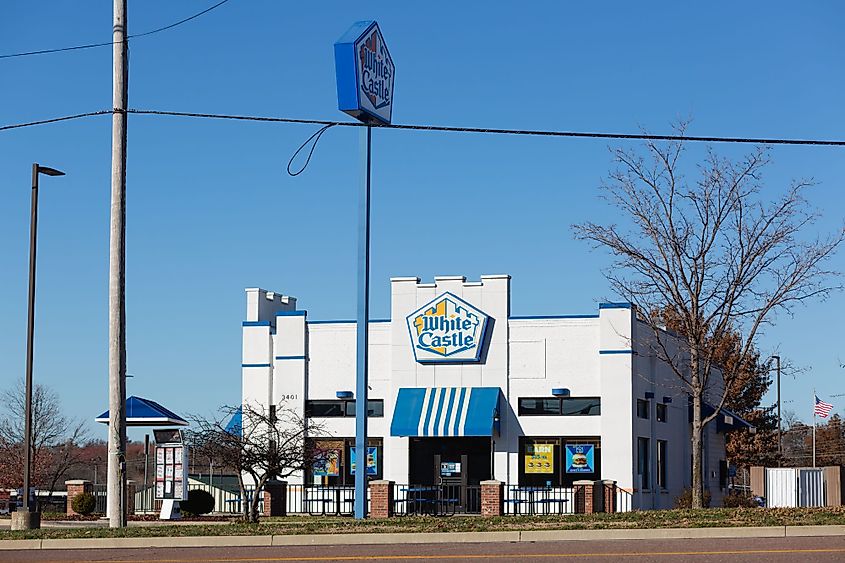
The median household income in Columbia is $51,276, which witnessed a 4.06% increase in one year only between 2018 and 2019. However, about 21.8% of the population for whom poverty status is determined in Columbia live below the poverty line, a higher number than the national average of 12.3%. The economy of Columbia employs around 51% of the city’s population in different industries, with the largest ones including Educational Services, Health Care & Social Assistance, and Accommodation & Food Services. However, the highest jobs in Columbia are Legal Occupations, Architecture & Engineering Occupations, and others in industries like Utilities and Technical Services.
Brief History Of Columbia
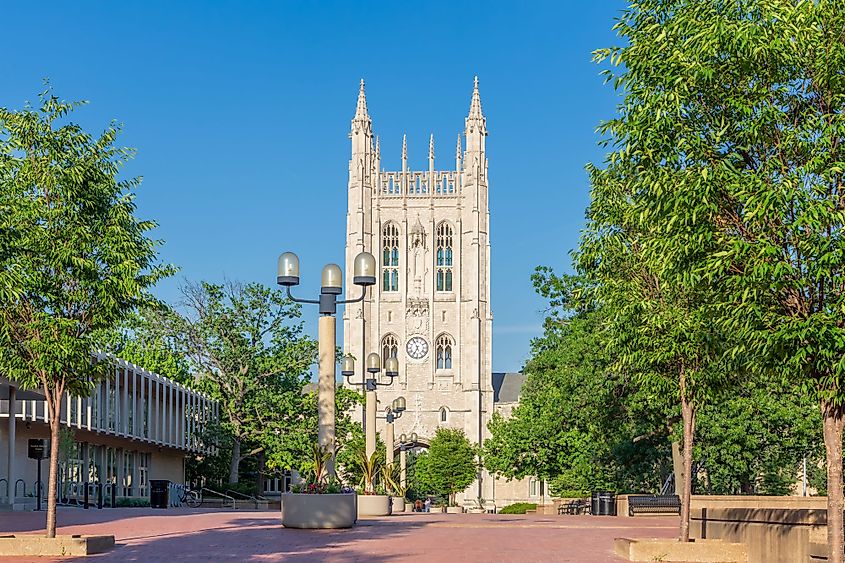
The city of Columbia has a rich history that goes back nearly 200 years. The Mound builders took the Columbia region as their home, and the area was populated by the Osage and Missouri tribes when the European explorers arrived. In 1678, La Salle claimed all of Missouri for France. Smithton was settled in 1818 near Walnut and Garth, but the town was abandoned due to poor water supply, and 20 people resettled in Columbia. In 1821, Columbia was designated the seat of the new County of Boone. Five years later, Missouri became the 24th state, and Columbia became incorporated with a five-member Board of Trustees.
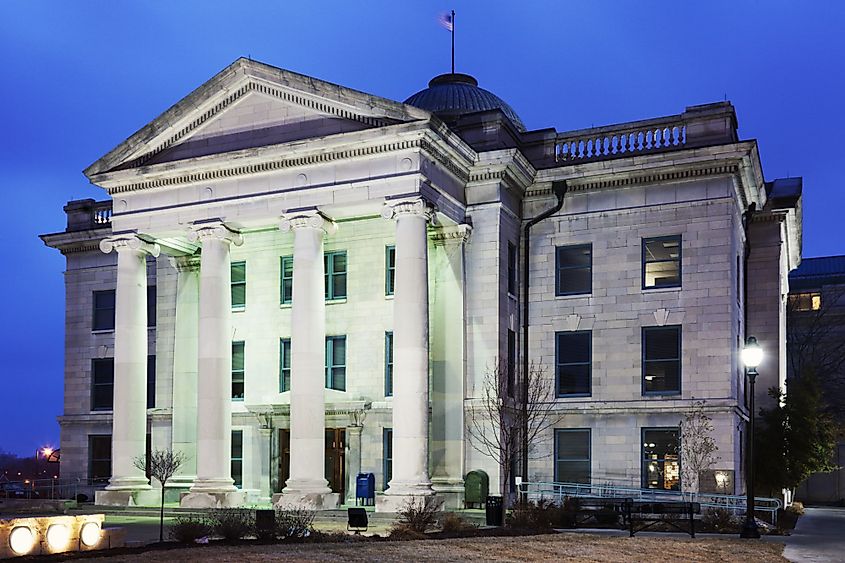
In 1830, the first newspaper was started, and two years later, the community opened the first theater in the state. By 1845, Columbia’s population grew to 2,500. As a result, the city’s limits were expanded, and the Board of Trustees grew from five members to nine. Slaves trade was common in the region, and the slave population reached more than 5000 by the beginning of the Civil War. However, the sale of enslaved people in Columbia ended in 1864. Columbia was incorporated as a city of the third class in March 1892. It had a Mayor/Council form of government divided into four wards with an elected mayor and Council. During the Great Depression, the community survived due to local public works projects; many were supported with federal dollars and Water and Light revenues. The first significant commercial flight left Columbia airfield in 1939. The population of Columbia continued to grow drastically, reaching 32,000 between 1940 and 1950, and according to Census data, the city’s population reached 100,000 between 2000 and 2010.
Tourist Attractions In Columbia
University of Missouri
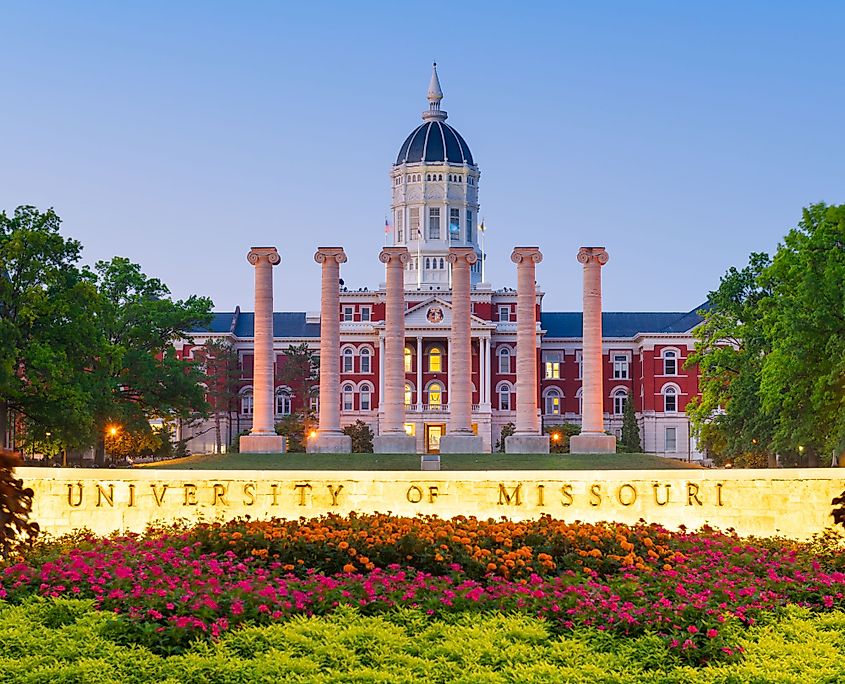
Columbia is home to the University of Missouri, making it a trendy college town. It offers various cultural activities, professional ballet companies, a symphony, live local theater, an orchestra, and many museums to satisfy any artistic cravings.
Rock Bridge Memorial State Park
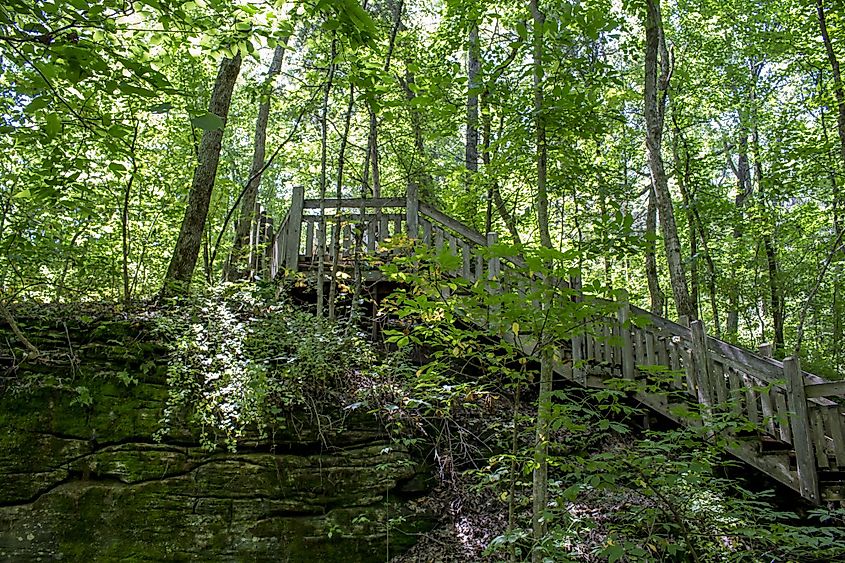
Nature lovers enjoy visiting the Rock Bridge Memorial State Park, which has more than nine sq. km of recreational land. The park features a wide range of activities and amenities. It has some of Missouri’s most beautiful, trafficked hiking trails and an extensive cave system with a rock bridge.
Shelter Gardens
Visitors also go to the Shelter Gardens located behind the corporate headquarters of the Shelter Insurance company. The award-winning garden includes different aspects, like a sensory garden which is designed for visually impaired guests. Additionally, the garden has a waterfall and a reflecting pool, a Vietnam War Veterans Memorial, a giant sundial, and a replica one-room school. The large variety of trees, shrubs, and flowers make the garden popular for weddings and photography sessions.
